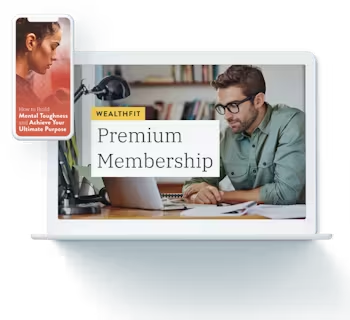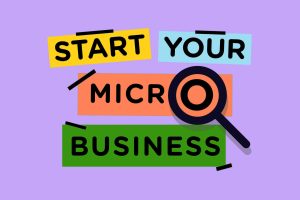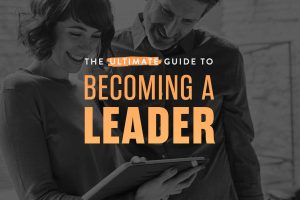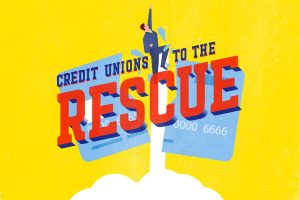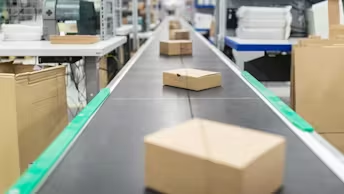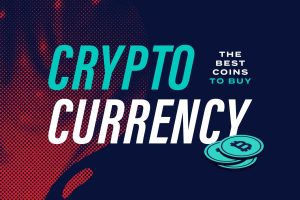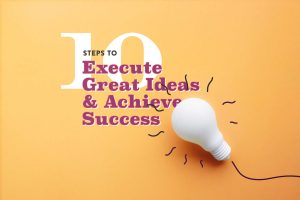Are you ready to build your product? You have the enthusiasm, but that might not be enough. History is filled with million-dollar products that no one wanted. Fortunately, there’s a way around this. You can use the Minimum Viable Product strategy to deliver exactly what your customer needs to solve their problem. You can build a product that delivers maximum value for minimum effort.
You’re thinking of launching a new product. Maybe it’s your first time as an entrepreneur, or maybe you’re a business that’s got a track record of product success. No matter your situation, it’s a great time to familiarize yourself with MVPs.
No, we’re not talking about bringing in Michael Jordan or Mickey Mantle here, we’re talking about a Minimum Viable Product (MVP). I know that’s a weird phrase, don’t worry, it’s simple.
We’re going to tackle this concept together, you’ll learn:
Let’s get started!
Meaning and Use of an MVP

To put it simply, an MVP is the process of building a version of your product with the least amount of effort, to learn about your customers and their feedback. To do this, you’ll want to create a very simplistic prototype to explain your vision.
Here’s our favorite part: Any person, or company of any size, has the ability to make an MVP. The benefits aren’t limited to software or tech companies.
Sounds pretty easy right? That’s because it is. The ease of the process is what makes MVPs so attractive, but don’t make your MVP too simple and not functional.
An MVP still has to provide the value it promises. It needs to be a complete solution to a single problem.
By now you’re thinking, “Okay I get it–simple and useable. But how do I actually do it?”
Here’s an Example:
Imagine you want to create a revolutionary remote-controlled airplane. You have a vision in mind but want to make sure you learn what your customers want to see in the final product before committing to the real deal.
You sit down with your team and build a simple, yet functional prototype, identifying the features that you see as key to the product. What your left with is a sample that delivers your core value proposition, aka, why do people care if they buy this product or not? Let’s look at two ways we could get this done.
Here are your options:
OPTION A
Meet with your team. Grab some thin plywood to form the fuselage and the wings, a cut up straw for the propeller, a tiny motor, and some spray paint for aesthetics. Hit the street and make those Wright brothers proud. Total time: 3 hours. Total cost: $100.
OR
OPTION B
Meet with your team. Spend many hours designing the airplane in great detail and adding all the features you can think of, purchase every relevant material, have the product professionally manufactured. Total time: WAY MORE than 3 hours. Total cost: WAY MORE than $100!
Which one did you choose? We’d vote for OPTION A. But hey, that’s just us!
Let’s break down why OPTION A is a better way to go.
Benefits of Using an MVP
Cost
When it comes to building and designing a new product, the cost is pretty important. Avoid building full prototypes without learning at least a bit of what your customers want to see in the end result.
If you invest heavy in a feature your customers don’t care about, you waste money and time.
Timeframe
Time is money. Plain and simple. Why spend weeks creating a finished product only to turn around and start over when you learn that customers don’t share your vision of the product.
Maybe the propeller is too small, the wings are too big, or the overall shape is awkward. Guess what you get to do: re-design and get going again.
Ease
Ease is the underlying reason why MVP’s work so well. It’s much easier to create an MVP than a final solution. All you need is a clear vision of the specific problem you want to address and a little bit of time.
Over committing to something that hasn’t been validated is like buying your dream boat before that bonus check comes in the mail . . . Oops.
Outside of our airplane example there are other benefits that make the MVP a real gamechanger.
Testing
There is no better way to see if your product works than by bringing a sample to your customer and seeing it in action.
Insight
How else will you learn about what your potential customers want to see in the final product If they can’t envision it? Let them play with it like a kid with a new toy, you’ll be surprised by what you might learn.
Tip: You should be embarrassed by your MVP. If you’re in love with it, you may have over committed and added all the bells and whistles you could think of. Start small. Think simple.
Now, once you’ve tested the product after developing a prototype and meeting with potential customers, you’re left with feedback and some new ideas.

Time to run it back. Revamp, redo, and come back stronger. This process allows you to test your product, test the assumptions behind it (will people pay for this), and gives you better insight to what the finished product should look like.
This cycle continues indefinitely. Developing products should always be collaborative with customers.
How to Build an MVP
Before seeing the MVP in action from a company that’s used it, let’s quickly recap the process of an MVP:
Let’s take a look at this process in real life, from Airbnb.
Airbnb’s MVP Story
In 2007, Biran Chesky and Joe Gebbie needed a way to pay for rent in the expensive housing market of San Francisco. They knew there was a design conference being held in town and saw how hotels had quickly become booked solid.
Chesky and Gebbie knew they had extra space in their apartment and thought “maybe we could rent our extra space to conference goers who didn’t have a place to stay”.
After uploading pictures of their apartment to a simple website, they soon had 3 paying guests sleeping on air mattresses in their living room.
Why it Worked
It was simple. Simple concept, simple website, and simple to communicate. Chesky and Gebbie didn’t invest in building a hotel, they used resources that were easily accessible.
It filled a need that existed in real time. It allowed Chesky and Gebbie to learn from their 3 customers on what they’d like to see in the future product. It tested and validated their key assumption: People will pay to live in a stranger’s apartment.
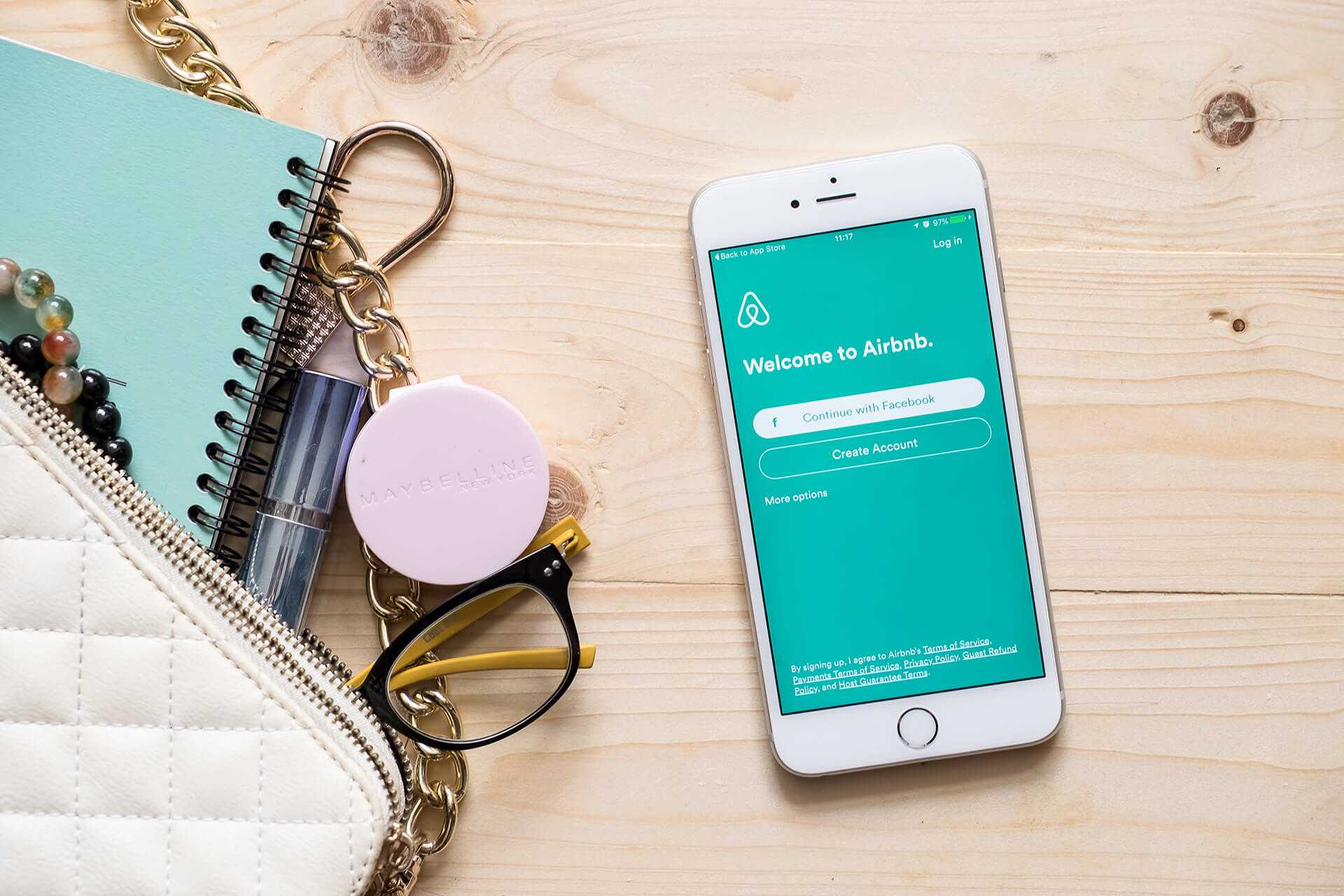
Airbnb’s story makes it clear:
The bottom line is, there is a huge difference between people telling you how great your product is, and those same people giving you the cash in their pockets.
Build Your MVP Now
Save your time, and your money. Build something small. Learn from your customers. Re-imagine your product. Run this cycle till you build your dream product.
While the MVP is an easy concept, it’s up to you to bring the product to life. So, whether you’re just starting out, or you’re an established company, give the MVP method a try. When you do, drop us a line. Let us know your pros, cons, and everything in between.
And when you finally buy that dream speed boat of yours, remember us!


